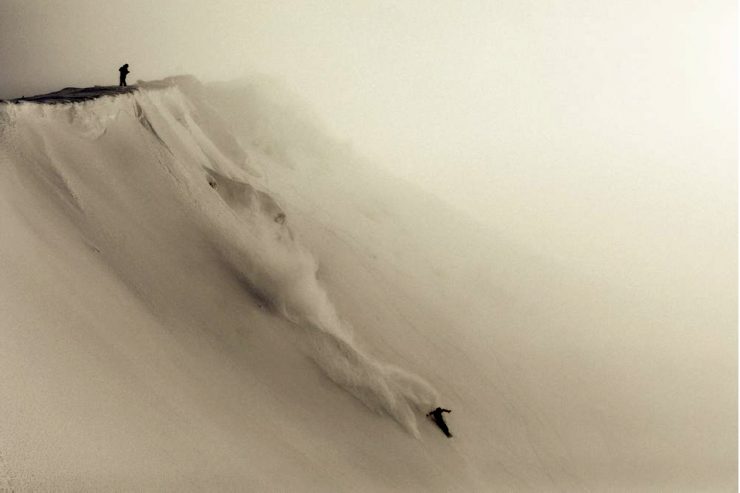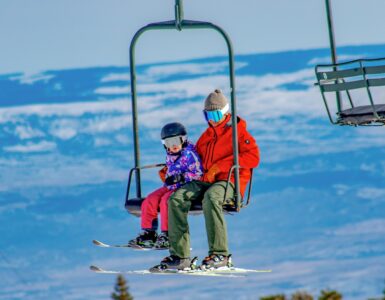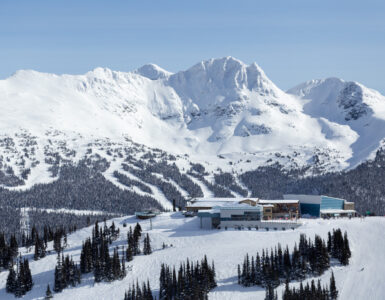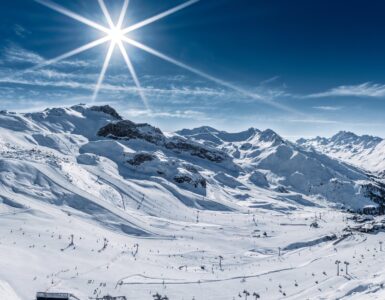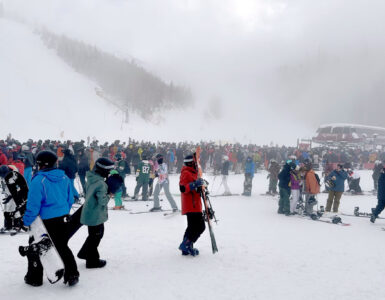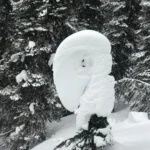Ski Areas Association New Zealand (SAANZ) has shared its coronavirus-mitigating operations protocols with resorts worldwide so resorts and ultimately skiers can benefit from the group’s work.
Paul Anderson, CEO of NZSki, which owns The Remarkables, Coronet Peak, and Mt. Hutt, provided SAANZ’s operations protocols document.
View or download the SAANZ Level 2 Operating Protocols document here: NewZealandOperatingProtocols
SAANZ collaborated with ski resorts, the Ministry of Business, Innovation and Employment (MBIE), and WorkSafe to create detailed operating protocols while the country was in COVID-19 Alert Level 2.The document is relevant because many areas of North America are currently in the equivalent of Alert Level 2, which allows businesses to open if they adhere to public health guidance, including limitations to the number of people that can gather, physical distancing, and record keeping.
The SAANZ operating protocols offer a comprehensive planning template specifically for ski area winter operations. The protocols cover everything from patrol/medical rooms and retail and rental outlets to food and beverage, ski/snowboard lessons, staff workspaces, and more.
The guidance is designed to help ski areas create a plan specific to their particular resort operations. “This guidance sets out the minimum standards for the development of a COVID-19 response/safety plan. All operators who intend to be open for business in Alert Level 2, or have staff on site, must prepare their plans in accordance with the minimum standards,” the document states.
Coincidentally, New Zealand went to Alert Level 1 (the lowest of 4 levels) on Monday because the disease has been contained for now in the country. Alert Level 1 lifts operational restrictions for businesses—which means New Zealand resorts will not have to follow the guidelines they so carefully developed. The alert levels go up as the severity of the situation rises; Level 4 is Lockdown.
Thanks to SAANZ for sharing this valuable resource as ski areas in the Northern Hemisphere begin planning for different operating scenarios that could arise in winter 2020-21.
Source: SAM


